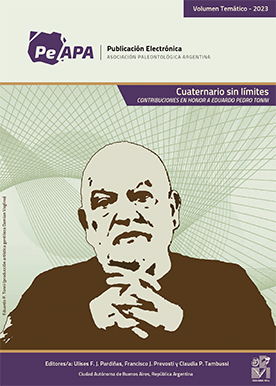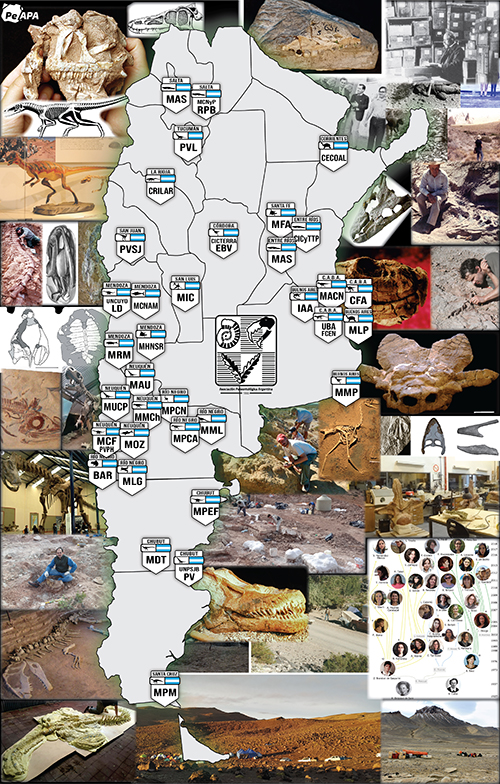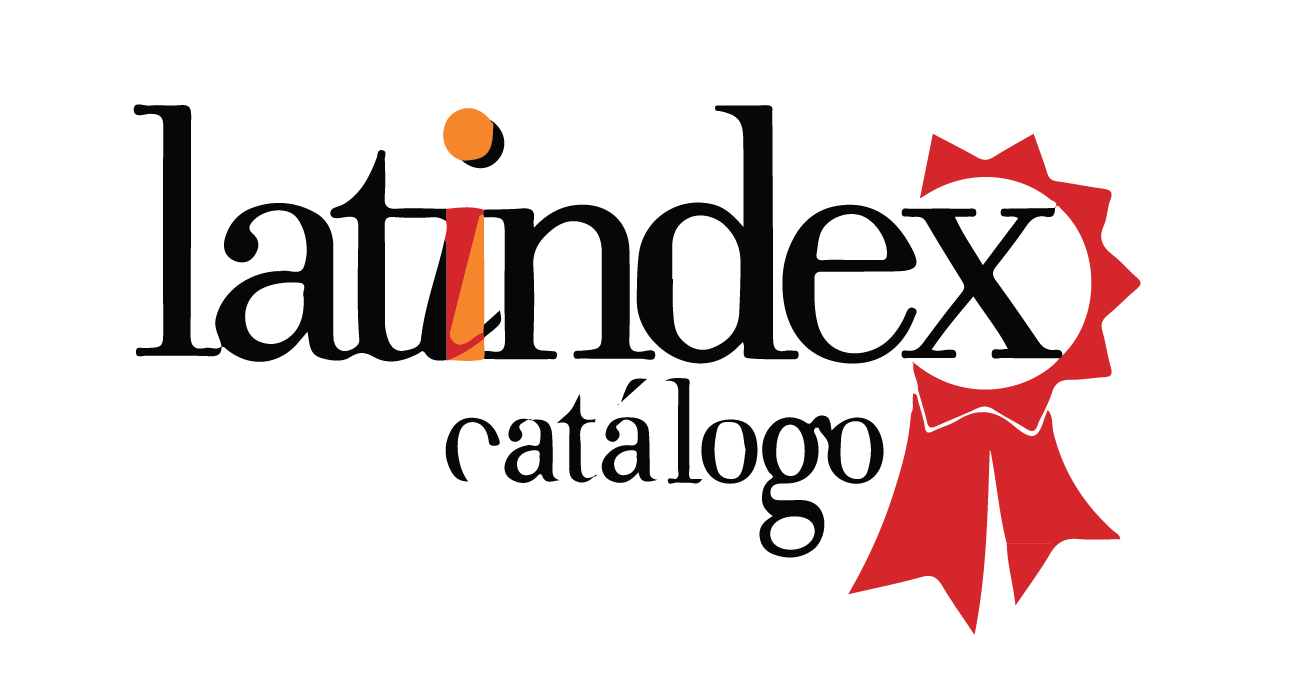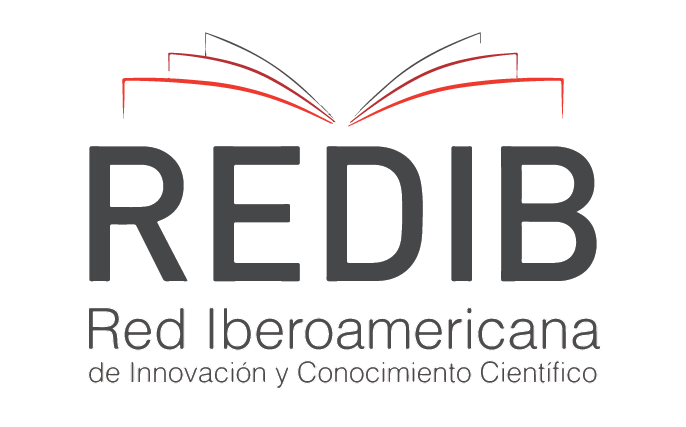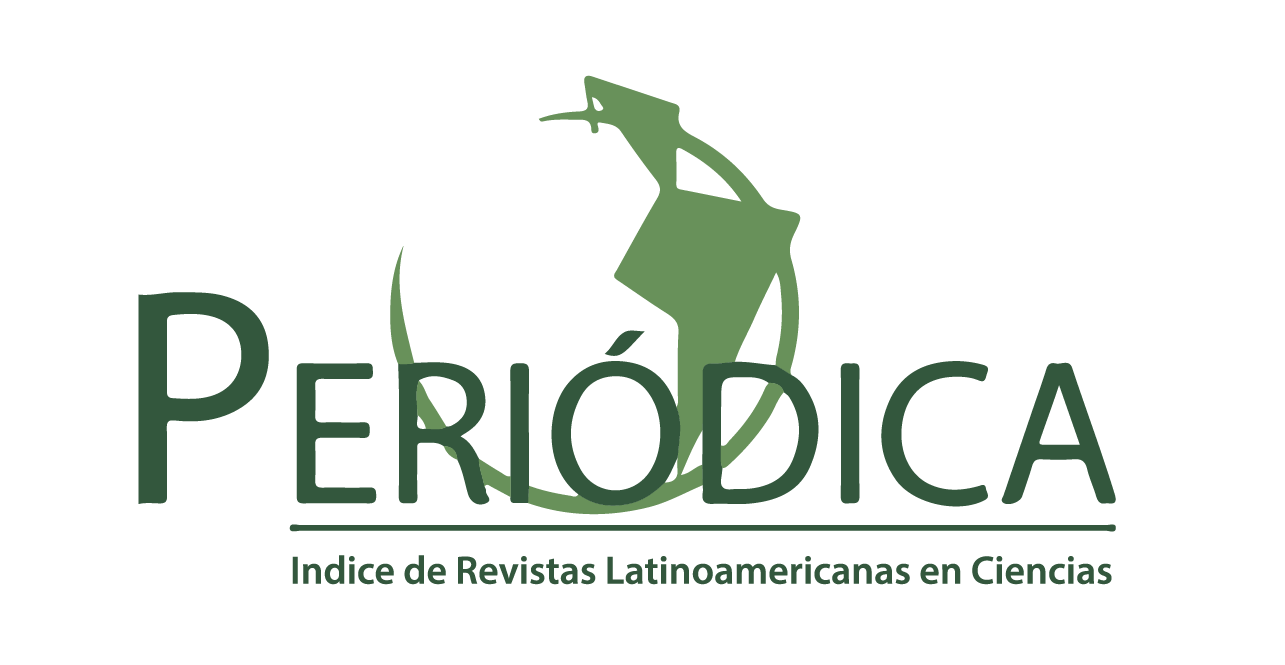UNA FLOR FÓSIL MORFOLÓGICAMENTE AFÍN A LAS GROSSULARIACEAE (ORDEN ROSALES) DE LA FORMACIÓN LA MESETA (EOCENO MEDIO) ISLA MARAMBIO, ANTÁRTIDA
Abstract
A new fossil flower with affinities to the family Grossulariaceae is described. It was collected from outcrops of La Meseta Formation, Marambio (Seymour) Island, Antarctica, together with other fossil plant remains. The age of this unit has been calculated as lower Eocene to possibly lower Oligocene, although the fossil was collected from fine-grained heterolithic facies of estuarine origin dated as middle Eocene. The characters preserved in the flower suggest a close relationship with the family Grossulariaceae. Comparisons with living and fossil taxa are established. Based on these comparisons, we erect a new genus for this fossil flower.
KEY WORDS. Flower. Fossil. Grossulariaceae. Rosales. La Meseta Formation. Eocene. Marambio Island. Antarctica.
Downloads
Published
Issue
Section
License

Authors retain copyright and grant the journal right of first publication with the work simultaneously licensed under a CC Attribution-NonCommercial 4.0 that allows others to share the work with an acknowledgement of the work's authorship and initial publication in this journal.







